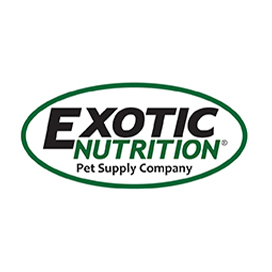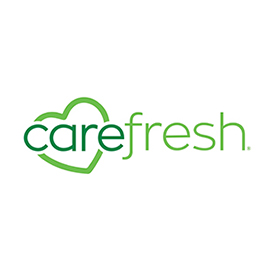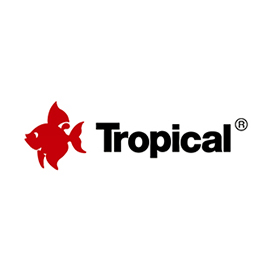
Harrison's Bird Food JUVENILE Hand-Feeding Formula Bird Food - 1 lbs
In stock
SKU Number
- Brand: Harrison's Bird Food
- JUVENILE Hand-Feeding Formula Bird Food
- Size: 1 lb
Ingredients
*Hulled Gray Millet, *Sunflower Kernels, *Hull-less Barley, *Corn, *Toasted Soybeans, *Peanut Kernels, *Peas, *Lentils, *Toasted Oat Groats, *Brown Rice, Tapioca Maltodextrin, *Psyllium, *Alfalfa, Calcium Carbonate, *Algae Meal, Bentonite, Mixed Tocopherals (a source of Vitamin E), *Sea Kelp, Salt, Vitamin/Mineral Supplement (Vitamin A Palmitate, Vitamin D3 Supplement, dl-Alpha Tocopheryl Acetate, Vitamin B12 Supplement, Riboflavin Supplement, d-Calcium Pantothenate, Niacin, Pyridoxine Hydrochloride, Biotin, Thiamine Mononitrate, Folic Acid, Zinc Sulfate, Manganese Sulfate, Copper Sulfate, Sodium Selenite, Calcium Carbonate and *Sunflower Oil
*CERTIFIED ORGANIC INGREDIENT
Guaranteed Analysis
Crude protein (min.) 18%, crude fat (min.) 11%, crude fiber (max.) 4%, moisture (max.) 10%.
Caution: The correct feeding technique must be used in order to prevent injury to the bird or inhalation of the formula that could result in pneumonia or death.
SPECIES
From day 1 for pionus, African greys, Amazons, cockatoos, conures and macaws.
From day 7 for other parrots.
From day 21 for cockatiels.
Step 1: Gently feel the crop to determine that it is almost empty before feeding.
Step 2: Mix fresh: Juvenile Hand-Feeding Formula and bottled “drinking water” heated to approximately 103°F (39°C). Follow proportion of formula to water as directed by your avian veterinarian for the age of your bird. Do not microwave. Allow to cool to lukewarm. Chicks with their eyes opened should be fed 3-4 times daily, and birds with feathers emerging, 2-3 times daily.
Step 3: Feeding with an irrigation syringe is probably the most universally successful technique. As one faces the bird, position the syringe to enter the oral cavity from the left side of the bird’s beak and direct it toward the right side of the bird’s neck. Deposit the food into the bird’s mouth and, as it swallows, the normal feeding response closes off the trachea and prevents aspiration of the formula into the lungs.
Step 4: Feed the bird until the crop is full but not overstuffed, and clean the excess formula from the bird’s beak, feathers and enclosure.













































